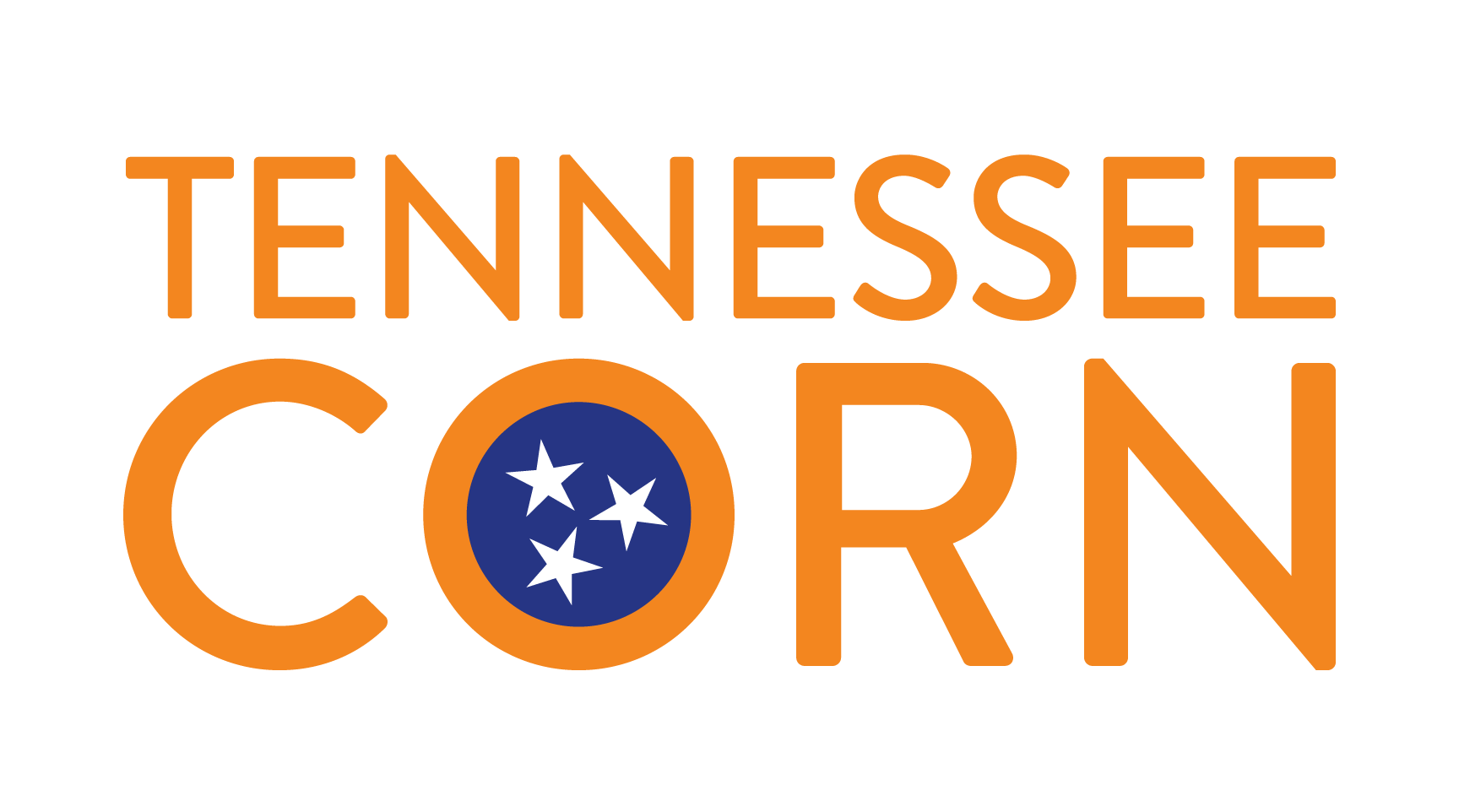Analyzing Mineralizable Nitrogen to Predict Corn Nitrogen Needs
Applying fertilizer at the appropriate rate is just one best management practice as outlined by the 4R Nutrient Stewardship program. When it comes to nitrogen fertilizer specifically, the University of Tennessee recommends nitrogen application for field corn production to be applied at a rate based on realistic yield goals. Rate adjustments are then made based on past production data.
However, current nitrogen fertilizer recommendations do not account for potentially mineralizable nitrogen. As a result, there is a possibility for either over or under nitrogen application and thus soil science specialists at the University of Tennessee are examining the adequacy of mineralizable nitrogen and soil health test tools to predict corn nitrogen needs.
Determining site-specific nitrogen fertilizer for corn could help farmers save significant amounts on fertilizer, reducing their production costs, optimizing plant growth, and boosting yield.
The research project, partially funded by the Tennessee Corn Promotion Board, is using a two-year (2021 & 2022) replicated small plot, on-farm trial in Jackson, TN (Griggs Farms) and Milan, TN (Main Farms). To assess the adequateness of alkaline mineralizable nitrogen and the Haney Soil Health Test to predict corn nitrogen needs, pre-plant and sidedress soil samples were collected from the trial plots. Nitrogen fertilizer treatments were applied at planting and sidedress, and pre-plant soil and harvest data were used to estimate the nitrogen rate required to attain the maximum grain yield at each location.
In the project’s first year, it was found that:
The predicted nitrogen fertilizer rate required to maximize yield at the Milan location was 162 lb N a-1. The corn yield increased with nitrogen application rates.
In the alkaline-hydrolyzable nitrogen (N-ST*R) soil test, there was a negative linear relationship with the mineralized nitrogen component of the Haney Soil Health Test over soil depth and location, regardless of the time of soil sampling.
Only the alkaline-hydrolyzable nitrogen (N-ST*R) soil test showed a moderate corn response to nitrogen. Correlation of the yield from the check plots with alkaline-hydrolyzable nitrogen resulted in a significant linear regression for 0-6- and 12-18-inch depths at pre-plant, with the best predictive relationship occurring at the 12-18-inch depth (R2 = 0.46). In contrast, the correlation between the check plots and the mineralized nitrogen component of the Haney Soil Health Test were not significant at all depths.
This project will continue into 2022 with the addition of six trial plots at UT Ag Research Education Centers in West and Middle Tennessee to evaluate the relationship alkaline mineralizable nitrogen has to corn response at 0-6, 0-12, 0-18, and 0-24-inch soil depths.
For more information on this project, visit UTCrops.com.
